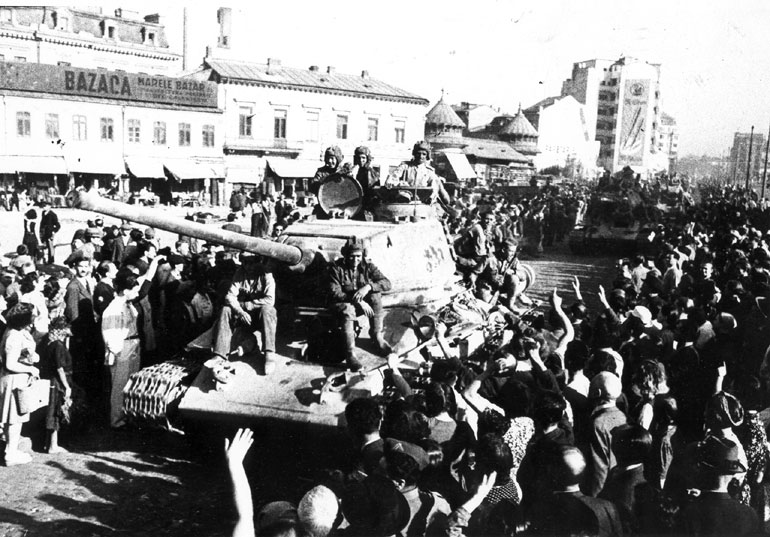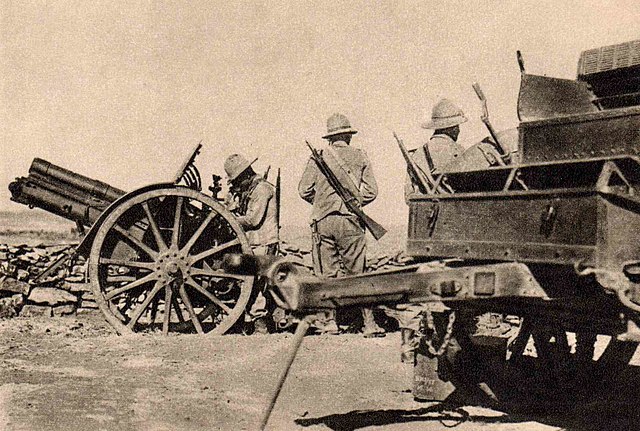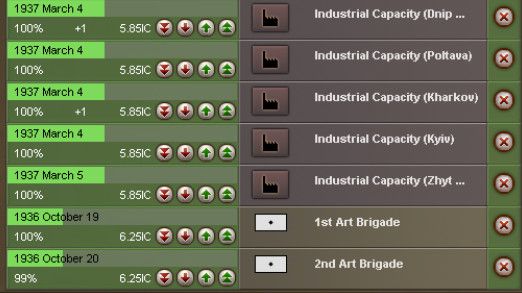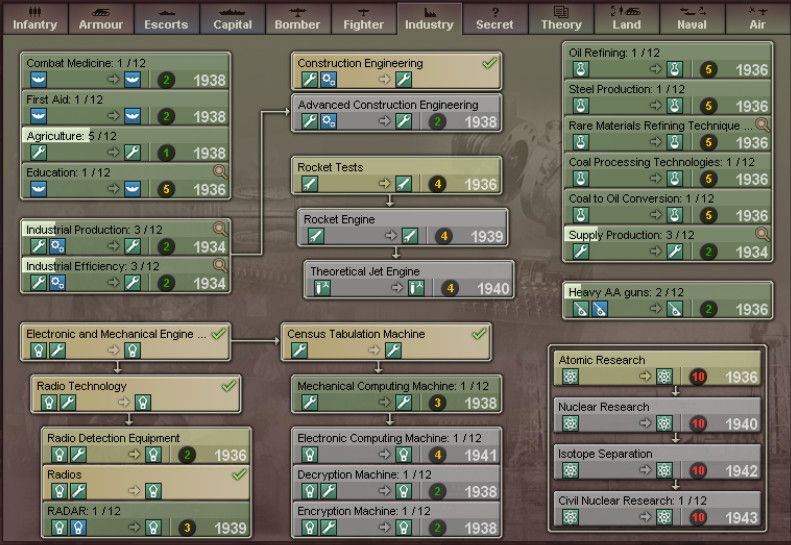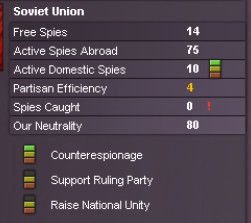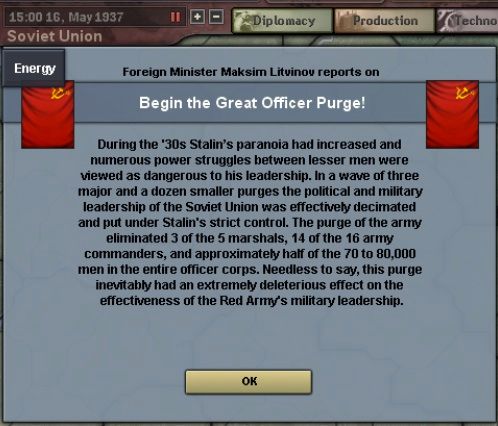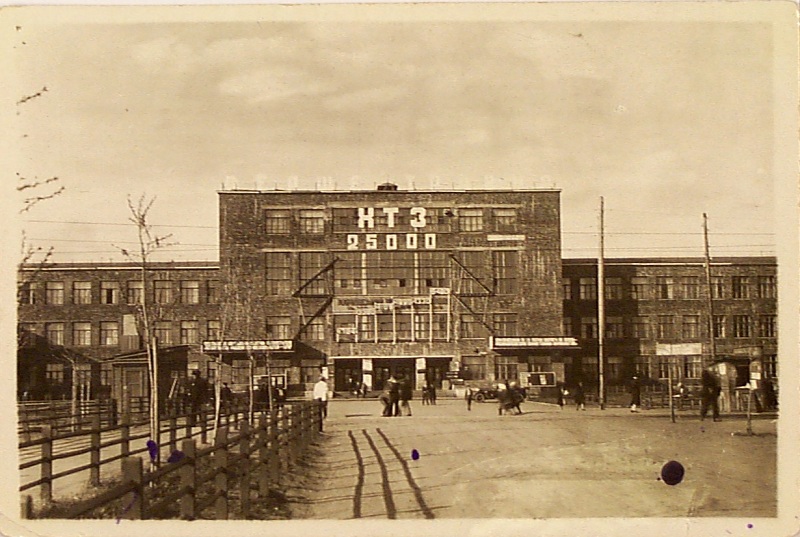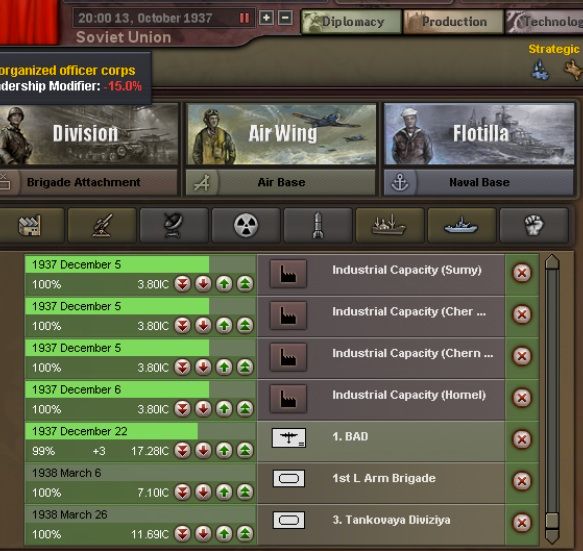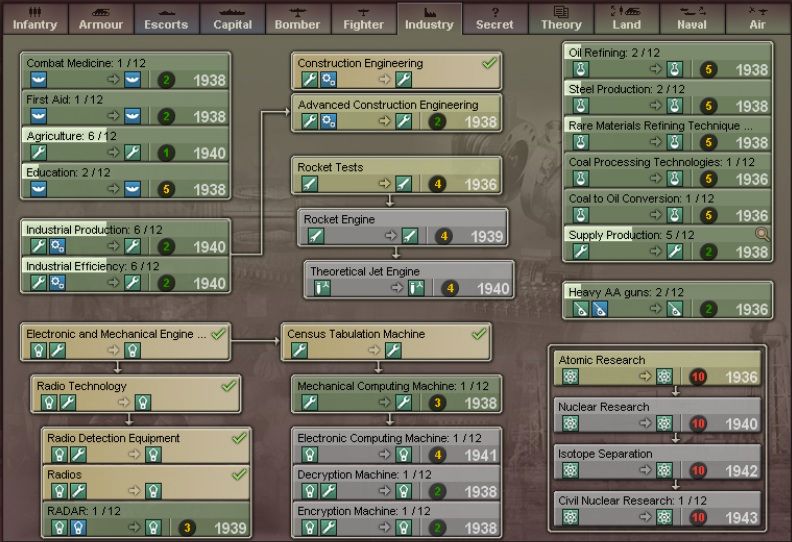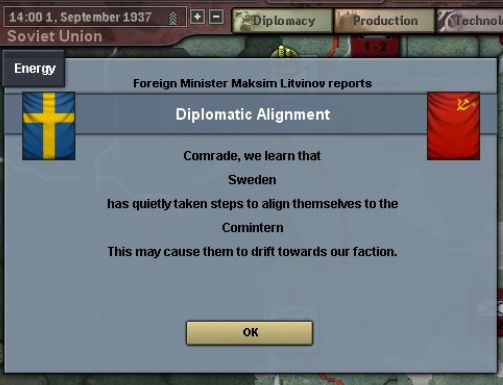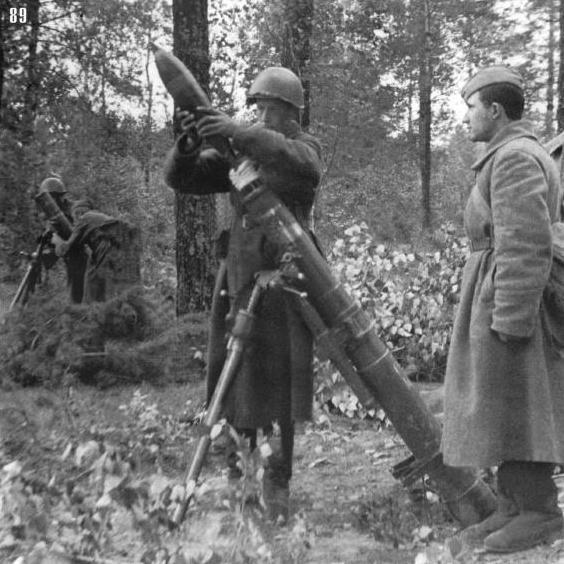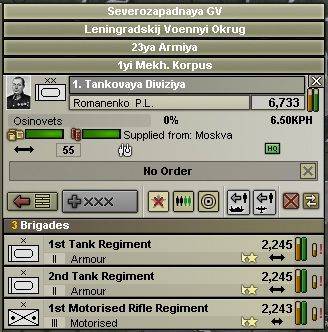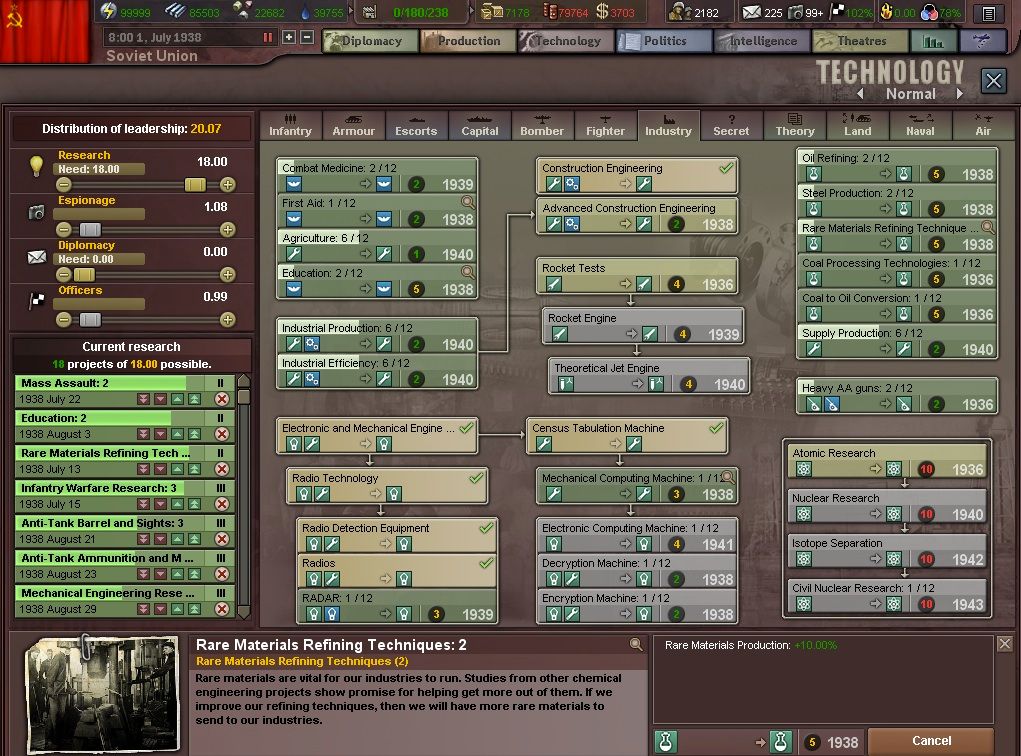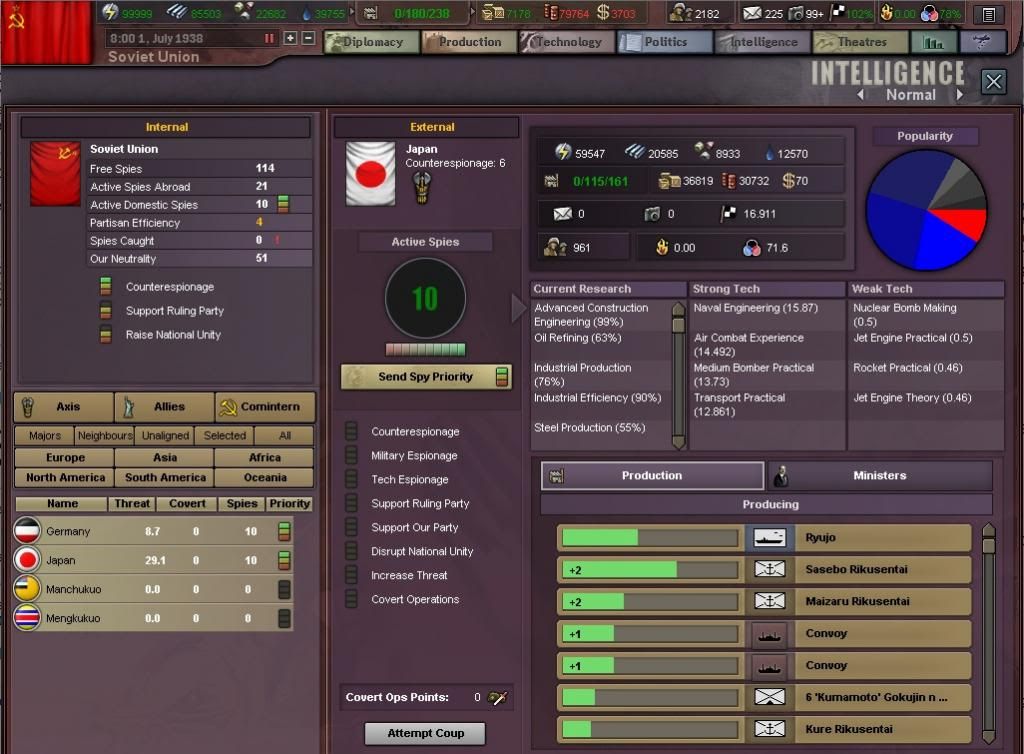July 1937 - December 1937
General Events
July 1937 began with a escalation of a new conflict - Japan used latest border skirmishes with Chinese troops to start a full-out war. Much better equipped and trained Japanese troops also enjoyed complete naval and aerial supremacy over their Chinese counterparts. They quickly subdued the Nationalist China and Shanxi border forces and rolled south along the coast meeting almost no opposition. On October 10th they have conquered Shanxi, and at the end of December 1937 they controlled almost all Northern and Central China. The government of Nationalist China had to accept a bitter defeat and to cede most of the coastal territories to Japanese, including such important cities as Shanghai, Nanjing, Beijing, Qingdao and Jinan. Taking into account the fact that Japan had entered a military alliance with Germany on June 7th our far eastern territories are seriously threatened.
Japanese progress before the Chinese capitulation
Armed Forces
Red Army saw a small yet steady rearmament during these months. The troops were equipped with the new rifles, artillery pieces, mortars, trucks and tanks. The increased production capacities of the Rodina let us to put into construction 2 light tank and 1 motorized brigades. They should supplement our forces in the Far East.
Production of the new motorized forces
Based on the results of the large sum me maneuvers, the General Staff thinkers developed new rules, which should improve our troops cooperation and operational mobility - fundamentals of the deep operations doctrine.
The designers from the Leningrad Kirov Plant came up with and improved T-28 medium tank model. Rearmament of several light tank brigades with these medium tanks should start in the spring of the next year.
Our naval engineers continued to work on the new submarine designs, which should soon be comparable with the latest German U-boats. Red Navy should get some funding to construct them next year.
The Red Air Force got another division of I-16 fighters, and the first division of the new Ilyushin DB-3 bombers.
Industry
On July 11th Politburo issued new economic and industrial laws. As the world went closer to another large scale conflict, our economics should have been militarized in order to neutralize the threat from war-mongering imperialist powers. Under the new laws, our industrial production capacity soared, although with a major penalty to the consumer goods production.
After completion of another 11 factories early in December 1937, total IC of the Rodina grew up to 237, almost doubling the industrial capacity levels that we had in 1936. The third phase of industrialization started immediately afterwards - another 20 plants have been put into construction in the Western and Northwestern Russia. They should be ready in August 1938.
Factories + socialist workers = kicking imperialist butt 
The major investments in industrial technologies have surely been paid off this year. With the latest agricultural & production control methods our country is now equal with the leading western powers. It can be said for sure that the years of technological backwardness are now over - the Soviet workers and peasants made very important step of construction Communism.
Industrial technologies at the end of 1937
Diplomacy & Intelligence
Some countries, and most notably Sweden, continued their efforts to align with Comintern. This trend should be carefully deliberated over by the Politburo - perhaps we should allocate more funding to the diplomatic affairs. After all, the future wars will be won over not only by weapons, but by ideas.
Sweden attempt to align with our faction
